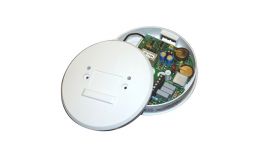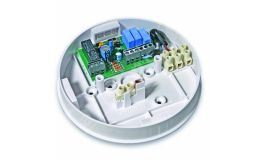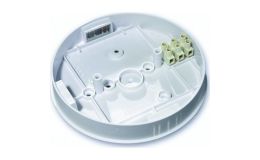Fastlec uses cookies to ensure that we give you the best experience on our website. If you continue we assume that you consent to receive all cookies on the Fastlec website. Read More.
Smoke Alarms
Smoke Alarms - Choosing The Correct One
Ionisation detectors are best at detecting fast flaming fires but can be more prone to false alarms.
The slightly more expensive optical detectors are more effective at detecting slow-burning fires from wiring faults and furniture foam etc and are much less prone to false alarms. Heat detectors should be used in kitchens to avoid nuisance alarms. If you can, fit a smoke alarm with a Lithium battery as these last for 10 years and cannot be removed and forgotten about.
Smoke Alarms - Where To Fit Them
Downstairs rooms, hallway, landing and any bedroom that has a large appliance such as a TV or computer. In general, the more you have the safer you'll be. The best systems have a mixture of ionisation and optical alarms to cover all types of fire.
- Kitchen - Heat Detector (smoke detectors in kitchens are a bad idea - lots of false alarms!)
- Downstairs Hallway, Landing and Living Room - Optical Smoke Detector (cuts down on false alarms when you burn the toast!)
- Bedroom - Ionisation Smoke Detector (especially if there is a computer or TV in the room)
- Smoke and heat detectors need to be linked together within the dwelling so that when one is activated the rest of the house is alerted. This link can be provided by cable or the use of radio link bases.
- In stock
- In stock
-
5 Days Delivery
-
5 Days Delivery
-
5 Days Delivery
-
5 Days Delivery
-
5 Days Delivery
-
5 Days Delivery
-
5 Days Delivery
-
5 Days Delivery
-
5 Days Delivery
-
5 Days Delivery













